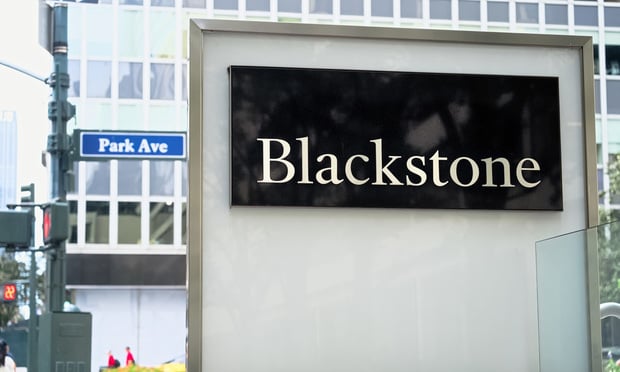A Studley Q2 report notes that rental rates inched downward by 2.2% to $69.29, marking the first decline since 2005, while availability jumped to 8.2%. "Manhattan's office market is not impervious to Wall Street's malaise," says Steve Coutts, Studley's SVP of national research services, in a prepared release. "Layoffs in the financial sector have fueled speculation about the amount of sublet space that would come onto the market and to what extent rents would decline. But during the first half of 2008, the proverbial axe fell, resulting in sublet space that spiked to 7.8 million sf from 6.2 million sf in January, and closed at 8.3 million sf in June."
According to a report from Banc of America Securities, which hosted a conference call in July with Scott Latham, EVP with Cushman & Wakefield Capital Markets, "Manhattan fundamentals appear to be losing their momentum as vacancies approached frictional levels (7% to 9%), rising 100 basis points quarter over quarter to 7.1%." Although asking rents increased 6.6% from Q1 '08 to $71.59, Latham said in the July 18 conference call that he expects rental rates will stabilize or possibly decline over the course of the year. "Net effective rents are declining as free rent (up by one to two months) and tenant improvements (up $5 to $10 per sf) have risen." Studley's reports notes that in many Manhattan submarkets, sublet space now comprises more than 25% of what's available.
The upshot, according to both Studley and CresaPartners, both of which represent tenants, is that increasingly it's a tenant's market. "The worm has turned, and it turned quickly," Marcus Rayner, principal of CresaParnters, tells Real Estate New York. "What we've found in talking to landlords is from remaining really bullish three or four months ago, which was unwise, they suddenly were all getting a tiny bit scared. They began to see that the credit markets were drying up and demand was falling off much faster than they thought."
While landlords may have been "buoyed" by the fact that they were still getting $100 per sf for some leases, "these deals may have negotiated, four, five or six months earlier, and they're now coming to fruition," Rayner says. He cites a number of factors that have helped ratchet up the malaise, including the collapse of the initial deal on Hudson Yards and "the rumors surrounding Lehman Bros. and Merrill Lynch. Couple that with the fact that if you know somebody in financial services and they're not in a well-performing hedge fund or private equity firm, they're very worried about their jobs. All of that taken together really saps the confidence out of the market."
Rayner disputes the perception that tenants are paralyzed into inaction—rather, they're weighing their options. "Tenants are rarely paralyzed; they're very focused on their business," he says. If they're paying no attention to space requirements, "it means their business is in trouble. What they're doing is re-examining their options, saying, 'what else should we be looking at? Are we doing the right thing?' That's very different" from indecision.
On the investment sales side, Banc of America observes that Q2 investment volumes increased more than 70% from the previous quarter, including "a number of high profile deals capped by the sale of the General Motors Building to a consortium led by Boston Properties." The report notes that foreign investors, accounting for nearly half of '08 investment volumes, compared to an average of 13% over the last three years), have benefited from "the weakened dollar and ability to assume greater risk. The rise in investment activity may be short-lived, however, with only $4 billion to $5 billion being marketed for sale and little evidence of distress as interest reserves have thus far sufficiently covered debt obligations."
Notwithstanding "some near-term uncertainty" and the specter of more Wall Street layoffs, a Marcus & Millichap Real Estate Investment Services report predicts that the city will end '08 with a 6.2% vacancy rate. "Despite low initial yields, investors will remain active in Manhattan," says Edward Jordan, regional manager of the Manhattan office of Marcus & Millichap, in a prepared release. "Favorable current valuations will continue to encourage foreign buyers, who will target top-tier
Want to continue reading?
Become a Free ALM Digital Reader.
Once you are an ALM Digital Member, you’ll receive:
- Breaking commercial real estate news and analysis, on-site and via our newsletters and custom alerts
- Educational webcasts, white papers, and ebooks from industry thought leaders
- Critical coverage of the property casualty insurance and financial advisory markets on our other ALM sites, PropertyCasualty360 and ThinkAdvisor
Already have an account? Sign In Now
*May exclude premium content© 2025 ALM Global, LLC, All Rights Reserved. Request academic re-use from www.copyright.com. All other uses, submit a request to [email protected]. For more information visit Asset & Logo Licensing.








